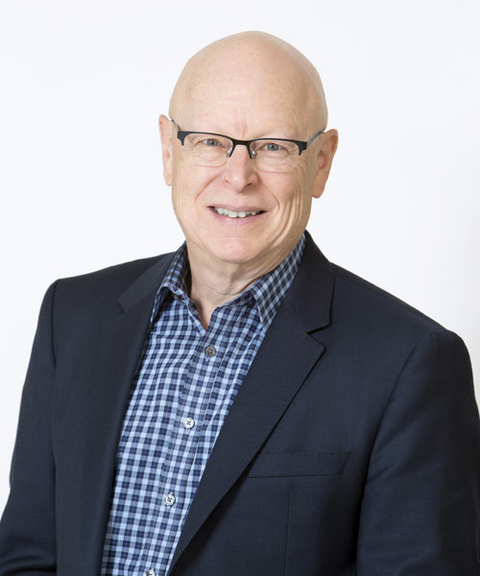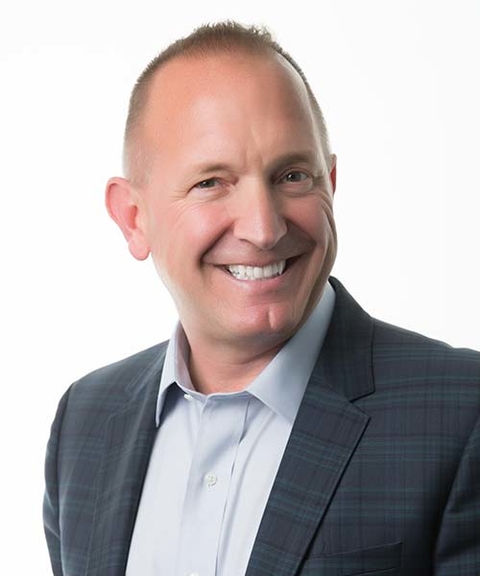At first glance, Clark Musto and Jennifer Petter are two very different people. Musto is a clinical research manager in his thirties, while Petter, at 61, is a seasoned veteran who has logged stints at Biogen, Celgene, Avila and Mersana. Musto works for Johnson & Johnson in the San Francisco Bay Area, while Petter is the chief scientific officer at Arrakis Therapeutics, the Boston-area biotech she founded in 2015.
What they have in common is that they both transitioned recently and, as different as their experiences have been, they have also been strikingly similar. Both emphasized the necessity of a standardized process for transitions and expressed hope that, in the future, transitioning can be, in Musto's words, "as everyday as changing your name after you get married."
Musto, 34, came out as a lesbian at a previous job, but only came out as transgender to one person.
"I came out very privately but was still living, in that role, as a lesbian," he said. While that company was "quite progressive," a health insurance requirement deterred him from going ahead with gender-affirming surgery.
"[For] me, it was getting my breasts removed, known as top surgery," he said in a Johnson & Johnson feature in May. The plan required an individual to undergo at least one year of hormone replacement therapy before it would cover the procedure.
"The requirement was a deterrent partly because I was not in a place in my own mind to start testosterone. I knew I needed top surgery, but taking 'T' was something I wasn't sure if I was interested in or even ready for at that time," Musto said.
"Gender is a spectrum and identities include more than just being male or female, so there are many people in the community who do not identify in the gender binary, and who do not feel that hormone therapy is right for them," he said in the J&J piece.

The recession and a "large LGBTQ scene" inspired his move from the East Coast to the Bay Area, where Musto found J&J through Lesbians Who Tech, an LGBTQ-specific recruiting event. J&J's health insurance allowed him to undergo top surgery and hormone therapy concurrently, and the company had a documented process in place for workplace transitions. This included an education session held for his colleagues and the support of a trans liaison, Jenna Cook.
"She made me feel like I wasn't alone and like I should transition with full support and communication, even when I just wanted to do it privately and on my own," Musto said. "In a way I really didn't want to make it a big deal, I just wanted to be me. I didn't want to go through a 'special process.' But she helped me understand why there is a process and how it helps everyone, including myself."
Petter, who had kept her identity "intensely private for five decades," first approached Mike Gilman, Arrakis' CEO, and Heather Lounsbury, the VP of business and technical operations. They all sat down to plan the workplace transition together.
RELATED: Special Report: Top women in biotech 2014—Martine Rothblatt, United Therapeutics
"The first order of business was purely paperwork," Gilman wrote in a blog post in June.
"We had to ensure we had the right kinds of anti-discrimination policies written down in our policy handbook. We made sure to understand what our health insurance would cover. We checked with lawyers to see if there were any legal issues associated with Jennifer's name change," Gilman said. "And we did hire an HR consultant to just help us anticipate issues that might come up that we hadn't thought about."
And it wasn't just Petter, Gilman and Lounsbury who had no experience orchestrating a workplace transition—"This was a new one for [the consultant]; she hadn't actually dealt with a workplace transition before," Gilman said. "But a lot of resources are online and she generated a written plan for us, which we used as a roadmap."

Companies looking to create a workplace transition process can use Human Rights Campaign's transgender toolkit, said Beck Bailey, deputy director of employee engagement at HRC's Workplace Equality Program.
"For any employer scratching their head, that is an amazing place to start. It has policy recommendations and gender transition guidelines. It has an outline on what it takes to build trans-inclusive healthcare coverage," Bailey said.
Petter came out to people in a particular order, first to the management team on a one-on-one basis and then later at a companywide happy hour. One challenge for her was "managing" what people shared about her transition as she set about telling different people and groups of people.
"When I told everyone at work, half the value was that it was no longer classified and I was no longer going to engage in the work of trying to manage everyone's communications about this. If you want to go yak at the cafeteria or post it on Facebook, knock yourself out," she said.
"There was about a month where I was out to everybody, but I wasn't presenting as Jennifer, which created some interesting conversations," she said. "But I wanted to have those conversations. I think, in some ways, that's everyone else's transition."
Musto feels the same way.
"When you're coming out as, say, gay or lesbian, it's just, 'OK. Cool, that's who you are.' When you're coming out as trans, you're asking people to transition with you," he said. "I didn't realize it then, but they knew me as one person with a different name. I had to reintroduce myself as Clark. And I had to ask others to call me Clark, to use the he/him pronouns, and to get used to a new name, a new email and a new bathroom."
The Human Rights Campaign's Corporate Equality Index (PDF) tracks and guides the progress made by Fortune 500 companies in creating equitable policies, practices and benefits for LGBTQ people. And the numbers are encouraging: of the Fortune 500, 82% have gender identity protections enumerated in their nondiscrimination policies. But trans visibility is what drives discussion and prompts employers to make policy changes, Bailey wrote in a blog post last year.
As Nkarta CEO Paul Hastings puts it, there will always be people who say, "I don't know if we need this or not." When BIO was starting its Workforce Development and Diversity Committee, there were individuals who questioned if this is what the trade group "was all about," he said. Change comes from those who push ahead regardless.
"Those of us who wanted to start these committees just said, 'Well, many of us want to do it, so we'll do it.'"

And Hastings thinks that, as younger generations come of age and become leaders in the space, workplace transitions and other LGBTQ-specific concerns at work become "matter of fact."
"That's how cultures change, right? People sort of age out," Gilman said.
Both Musto and Petter found that their younger colleagues reacted nonchalantly to their news—"OK, great, that's nice. So the name's Jennifer, you're going to use she/her pronouns. What else?"—while older people seemed to think it was more "out there" or appeared to have been "more sheltered."
"For many people, work might be the first place that they ever meet an openly transgender person or an openly lesbian person. So there's a kind of slow work of changing hearts and minds through personal interaction that happens in the workplace," Bailey said. "It happens more and more frequently because we have more and more policies and practices supporting people to help them come out at work and for their colleagues to have these experiences as well."
"Hopefully what will happen is we'll backfill some of the [older] folks," Hastings said. "I'm from the same generation Jen is from—I'm in my late fifties—and I went through some issues in my 20s and 30s, sort of when I was in the closet, when I saw things and thought, 'Am I ever going to be able to come out in this business environment?'"
He said the "thoughtful process" that Arrakis went through to announce Petter's transition was "great," and that Gilman's blog post was something to help people, in the biotech sector or outside of it, understand it as a "normal event."
"Our whole point is it shouldn't take all this just to be LGBTQ in the workforce," he said.
The hope is by standardizing and normalizing workplace transitions, the process becomes just another thing that employees do, such as taking family leave or making arrangements to cover for a long illness.
And we're getting there.
"It wasn't so long ago that people who transitioned had a fairly good prospect of losing everything. Just everything. Their family. Their friends. Their career. Everything. The fact that it's possible to point to a different path is an enormous change," Petter said. "I would encourage people who are really terrified about it not to let the fear stop you. There may be other things that stop you, but don't let the fear stop you."
“Because I had such a great experience at Johnson & Johnson, I want to advocate for other companies to embrace similar policies and guidelines, and stress that inclusive policies really do change people’s lives," Musto said in the J&J piece.
He's starting out by helping people understand how important it is to have guidelines and policies in place for transitioning.
"My wife is a coach for the LGBTQ group in her own organization. We pushed efforts for having transition guidelines at her company by sharing my company's experience. … Neither of us was aware of how important documented policies were until we went through it ourselves," he said. "I'm still working on how I can influence change on a larger scale. My experience greatly improved my life and I just want to help my community."
"I've heard from elders that they maybe never thought marriage equality would be a possibility in their lifetime. Personally, I hope to see transitioning at work become a nonissue in my lifetime," Musto said.